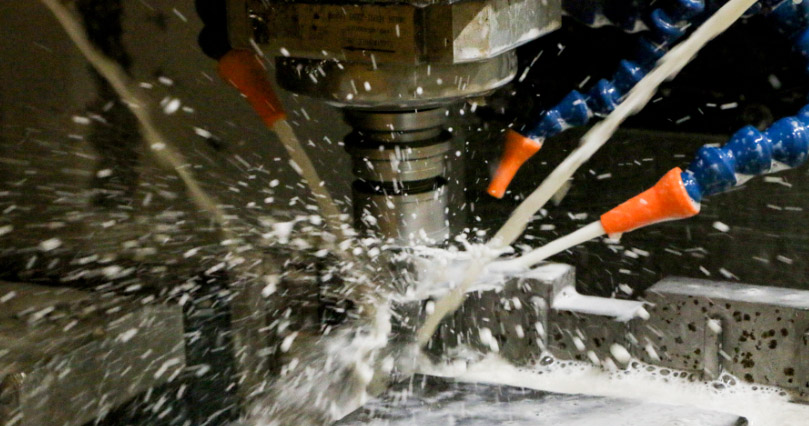Many friends who are engaged in precision CNC machining Company know that zinc alloy die castings are prone to bubbles. Why are bubbles generated? Do you know what caused it? CNCMF CNC machining Company focuses on high-precision CNC machining. Today, we will explain in detail the causes of bubbles in zinc alloy die castings. Let’s take a look at the relevant knowledge.

Reasons for bubbles:
The CNCMF CNC machining Company found that the main cause of the holes is the porosity and shrinkage mechanism. The stomata are often round and shrunk irregularly.
Causes of stomata:
1. During the filling and solidification process of the molten metal, due to gas intrusion, pores are formed on the surface or inside of the casting.
2. The gas content of the alloy liquid is too high and will precipitate during solidification.
3. The gas in the paint invades.
When the gas in the cavity, the gas volatilized from the coating, the gas precipitated by the solidification of the alloy, and the mold row is defective, the pores formed in the casting are finally left.
Reasons for shrinkage:
1. Uneven thickness of the casting or local overheating of the casting causes a certain part to solidify too slowly, and the surface will form a depression when the volume shrinks. Due to the presence of pores and shrinkage holes, water may enter the casting during the surface treatment. When properly baked after painting and electroplating, the gas in the hole expands due to heat or the water turns into a steam expansion volume, causing blistering on the surface of the casting.
2. In the process of metal solidification, shrinkage occurs due to the shrinkage of the product or the final solidified part cannot be supplied by the molten metal.
CNCMF CNC machining Company provides customized machining and mass production services for medical, optical parts machining, drones and automotive parts. At present, our company is equipped with more than 120 CNC machine tools. Machining materials include carbon steel, alloy steel, stainless steel, copper alloy, aluminum alloy and some non-metal machining materials. The machining accuracy can reach 0.01mm, and the products have been unanimously recognized and supported by customers.